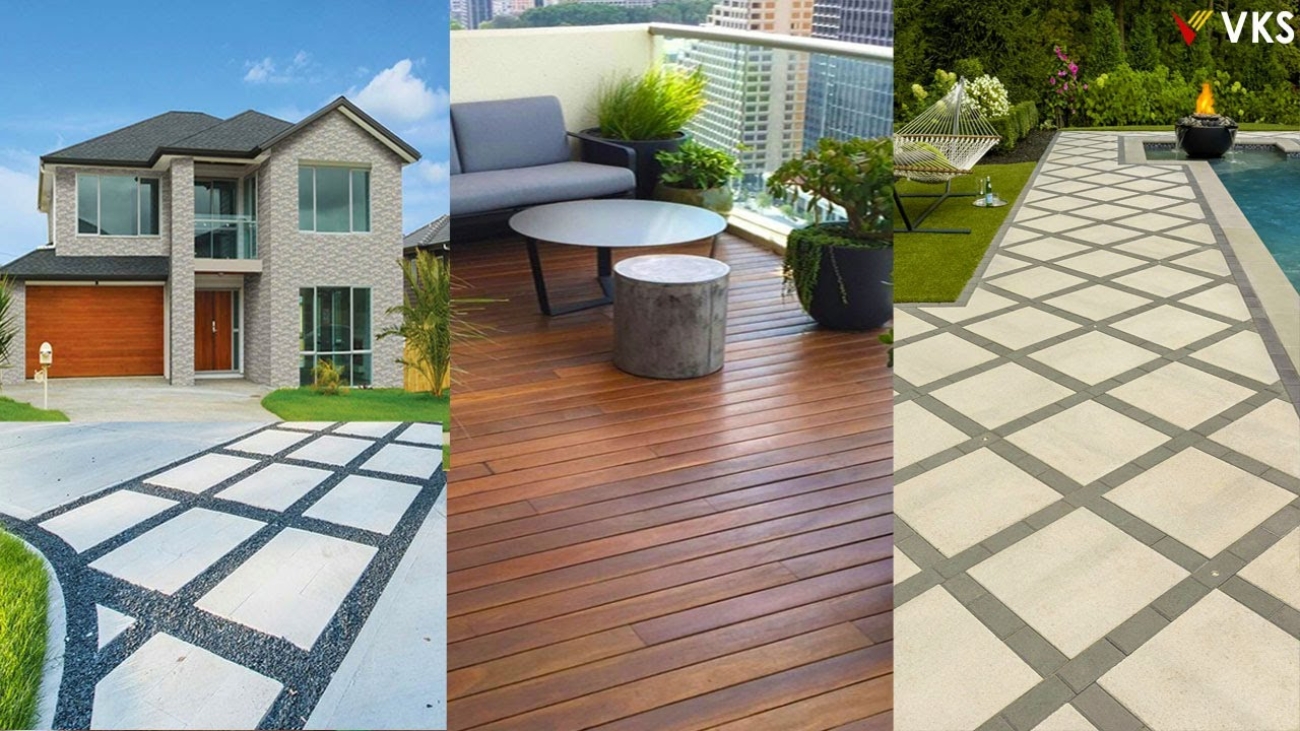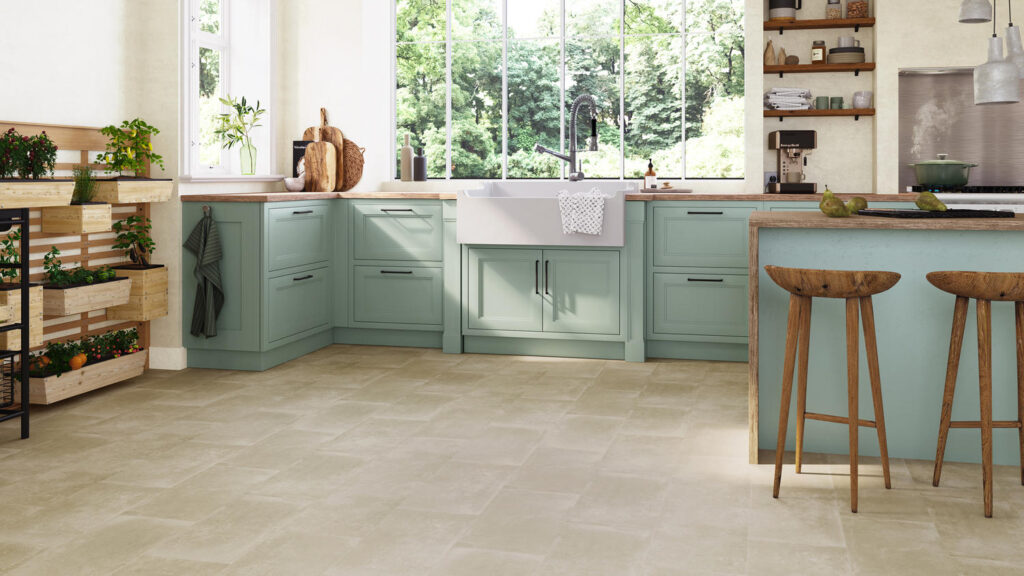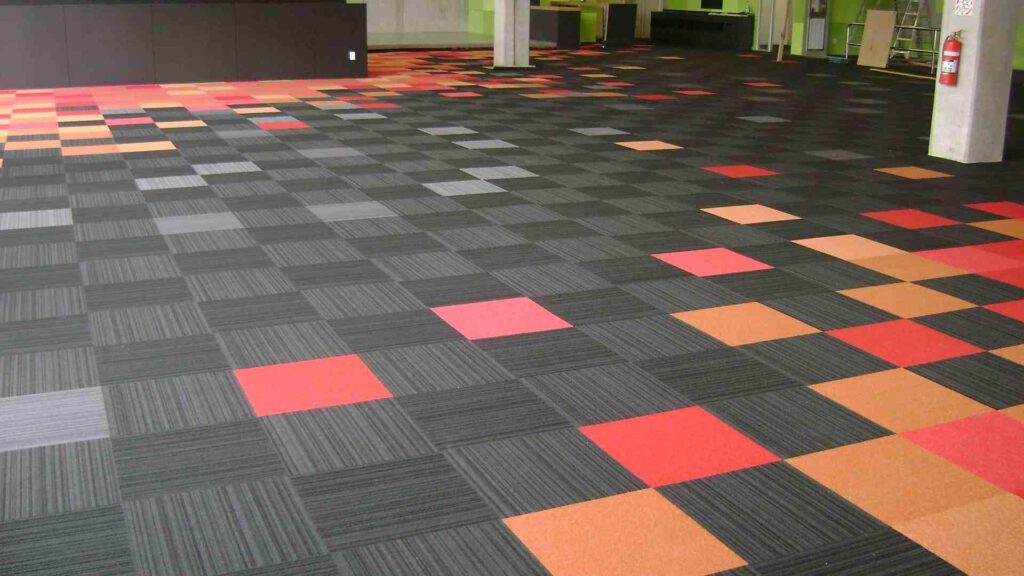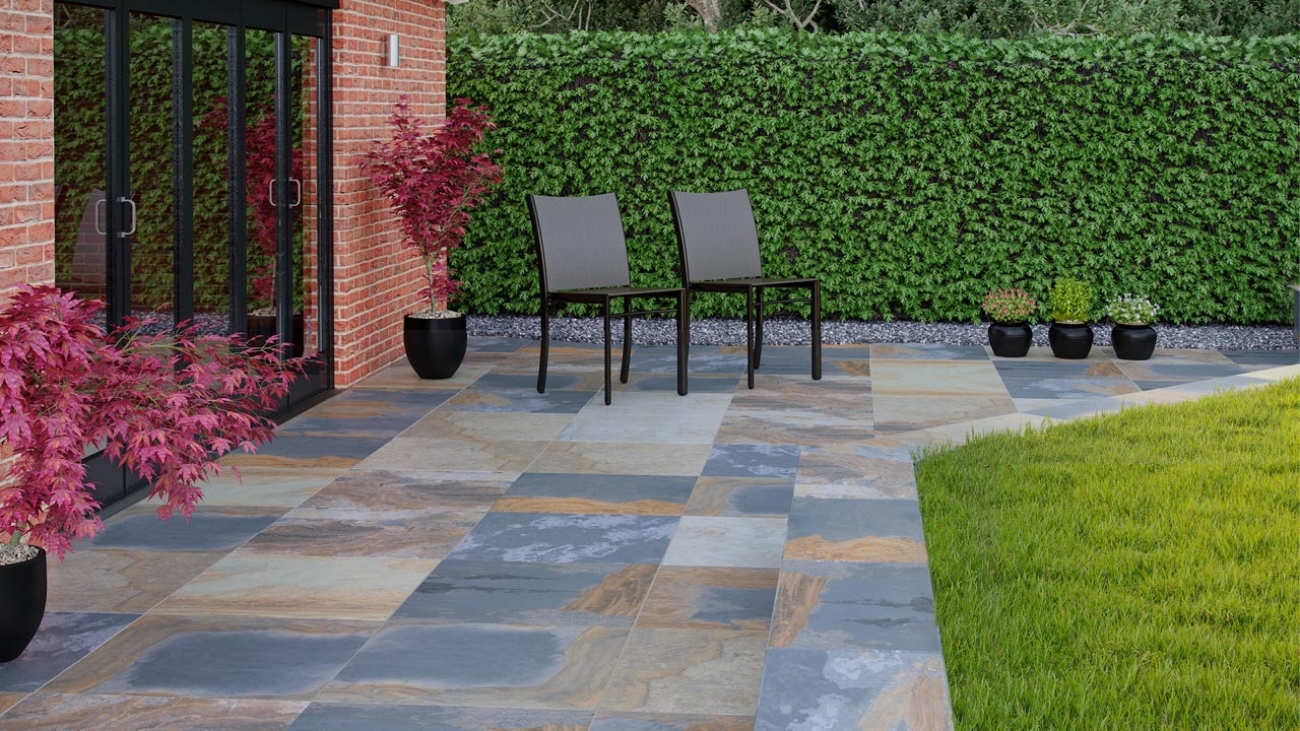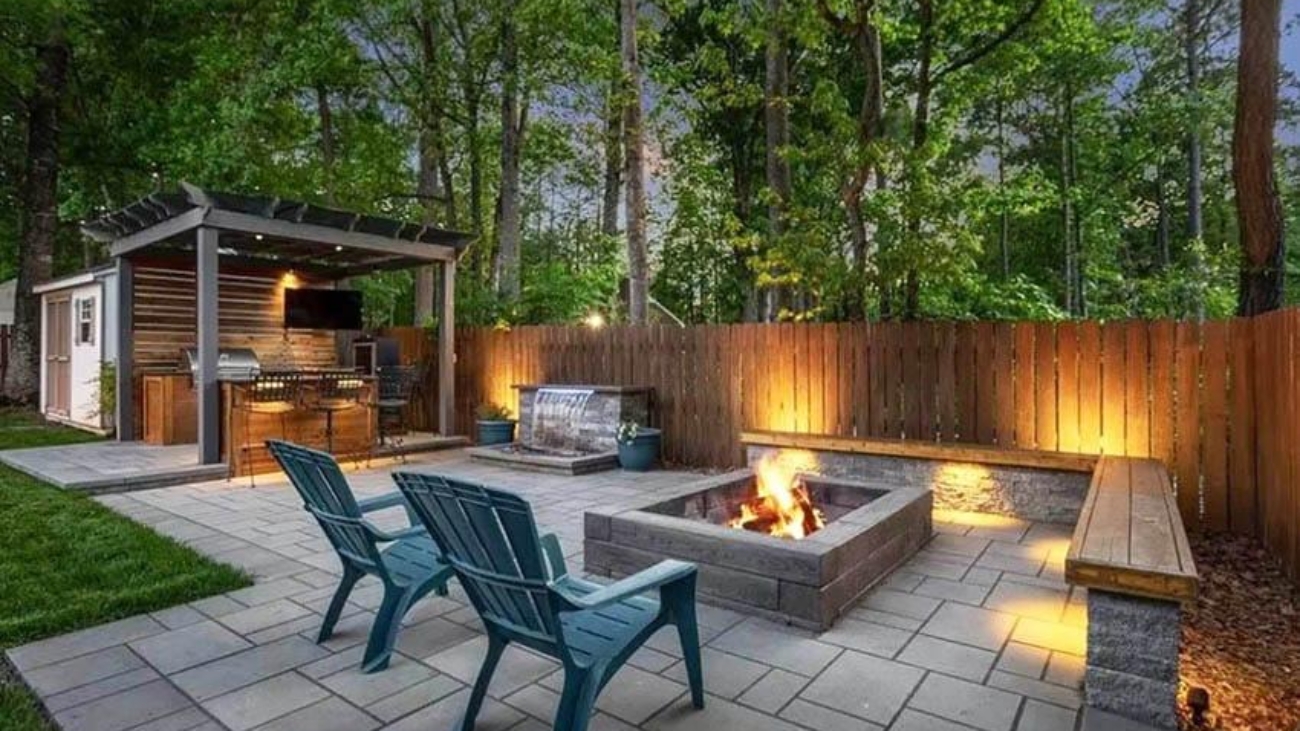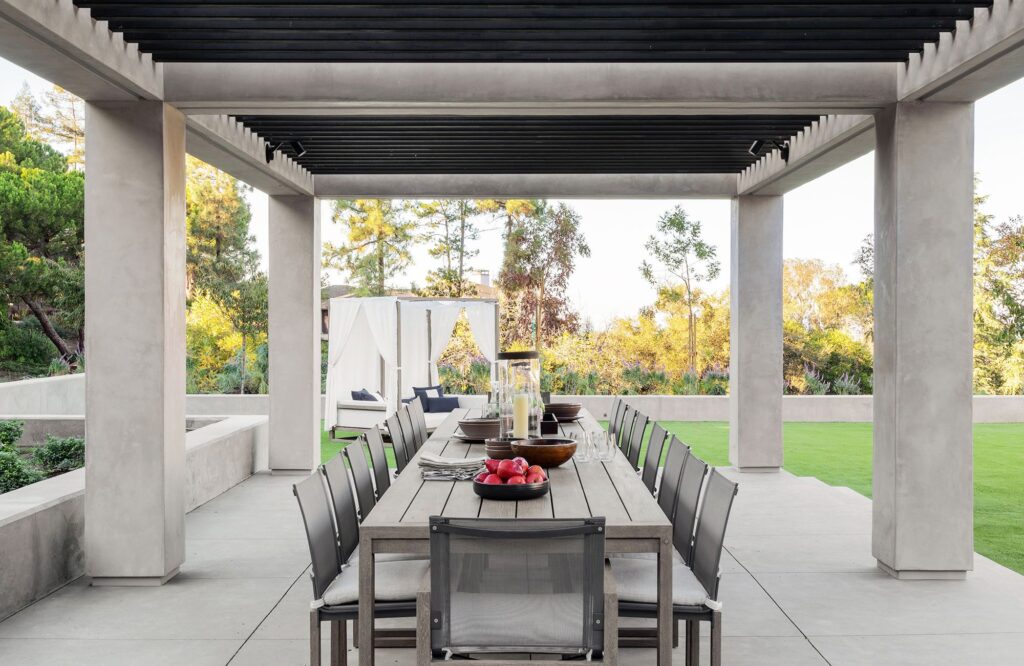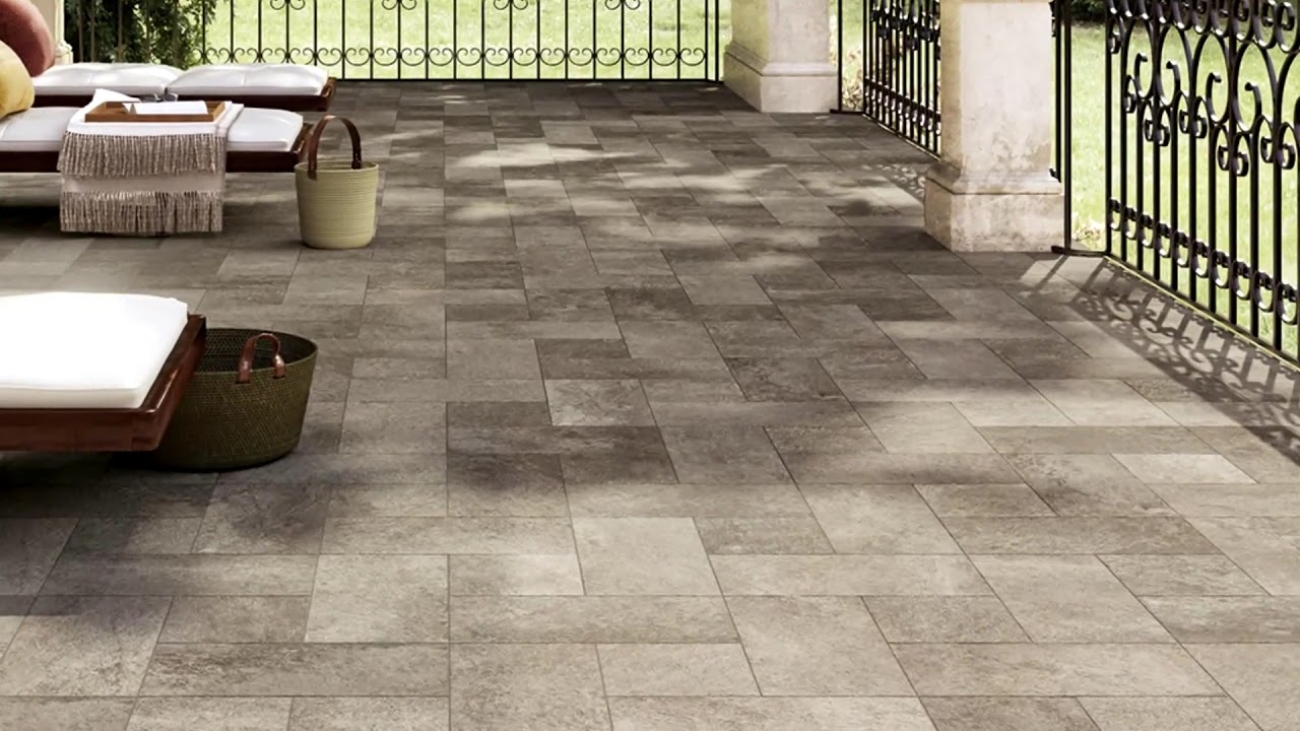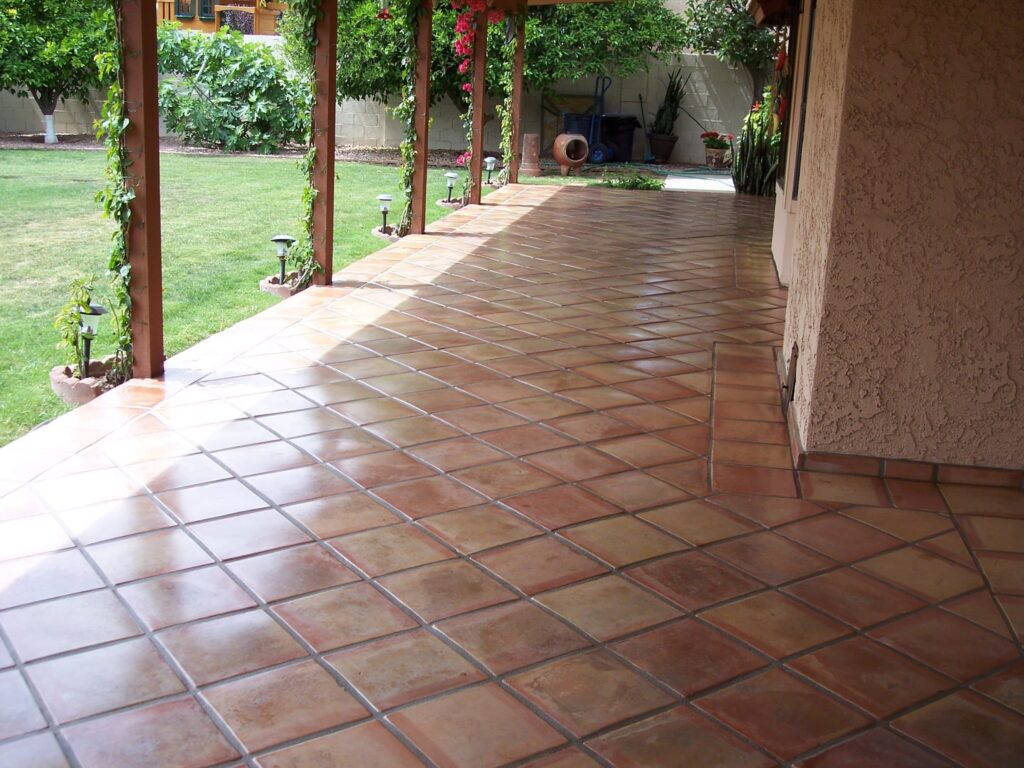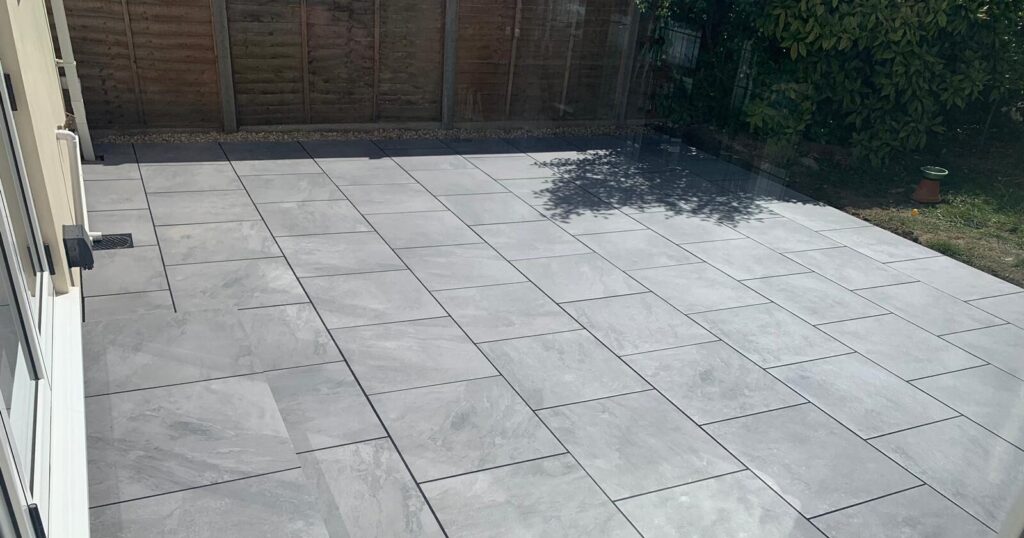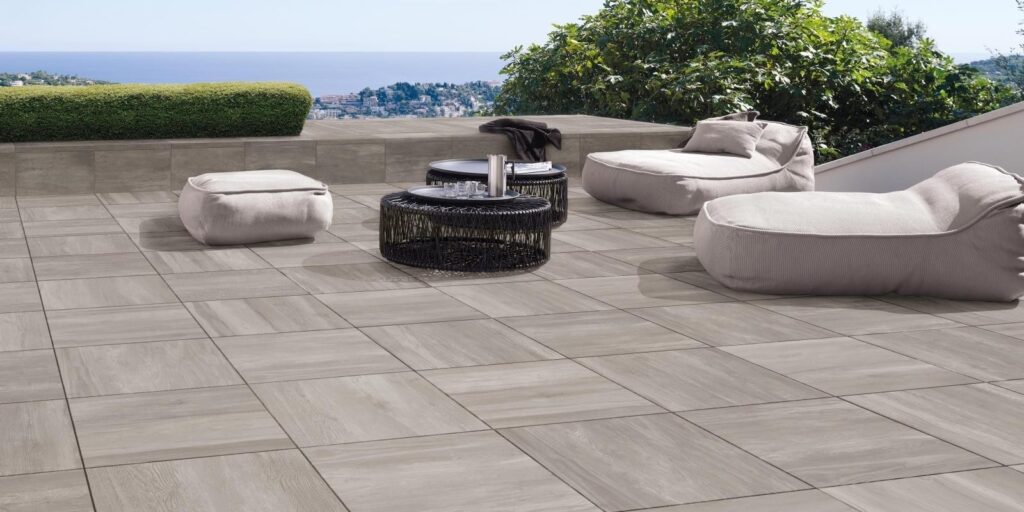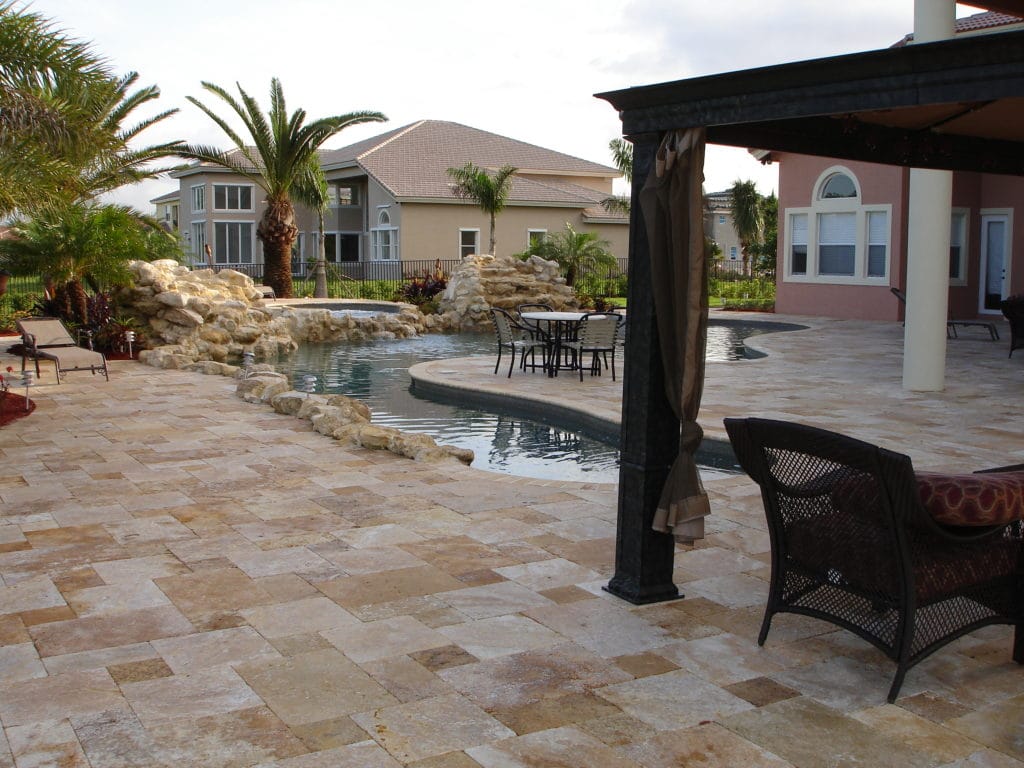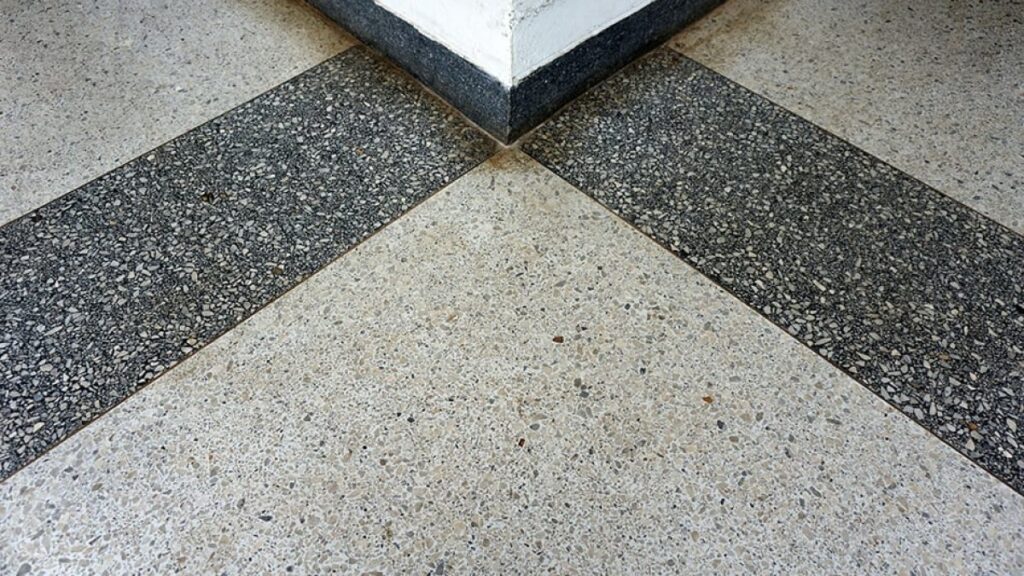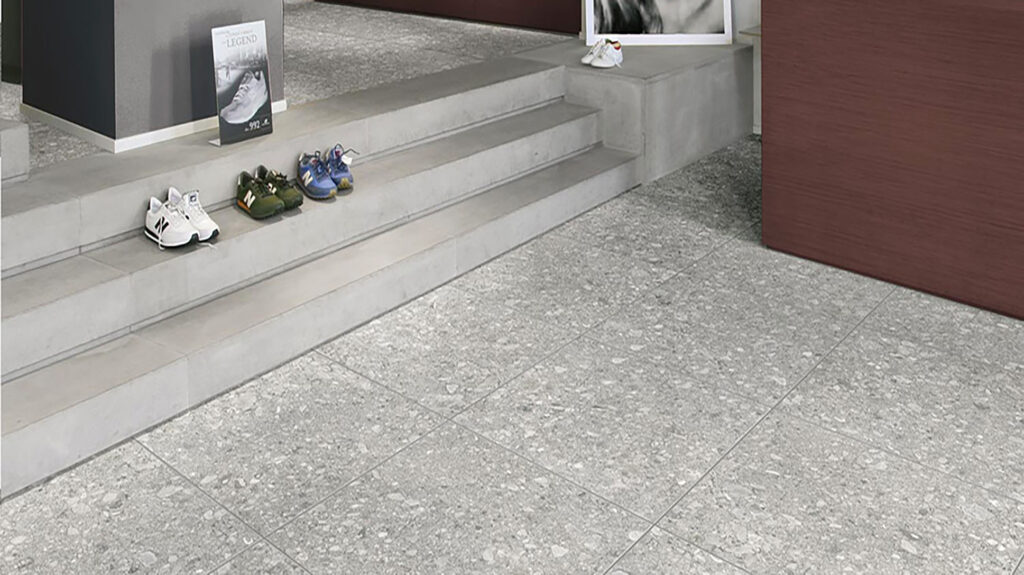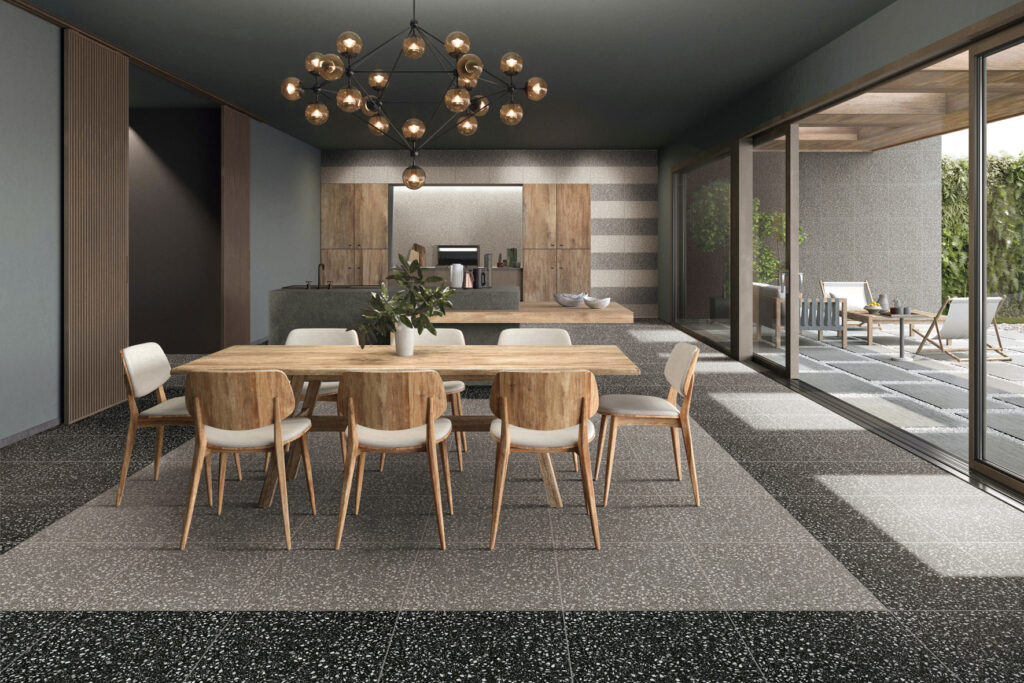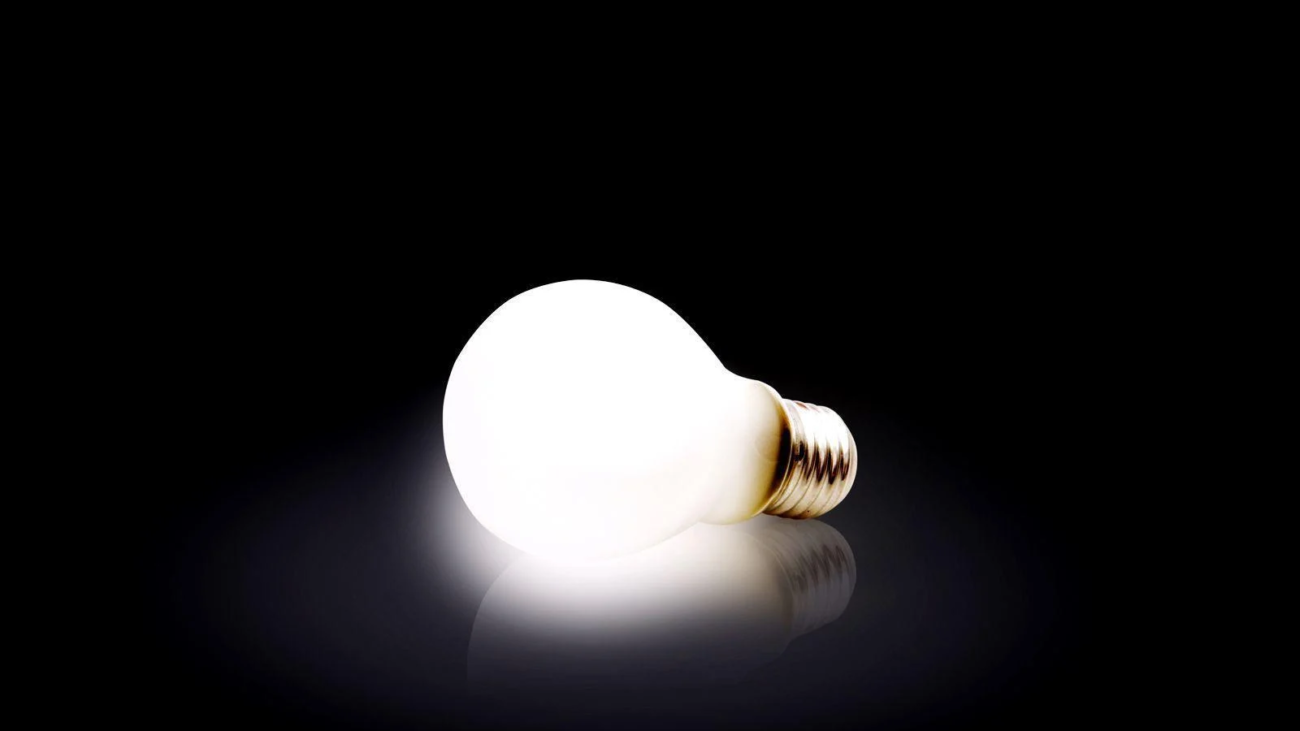When it comes to residential or commercial constructions, the external design and look are often the victims of first impressions. As a result, while purchasing outdoor tiles, it is important to pay close attention to the details. These tiles have the ability to create or destroy your picture.
However, although it is important that outdoor areas have a pleasing aesthetic appearance, it is equally important that they be practical as well. It’s difficult to tread the fine line between stability and instability.
When purchasing outdoor tiles, it is essential to maintain control of the situation and avoid being overwhelmed by the vast array of options available. Keep track of your criteria and filter out the non-essentials according to those requirements. You may use the information in the following section to assist you in selecting the outdoor tiles that are right for you.
Tips for Purchasing Outdoor Tiles:
1. Pay Attention to Your Surroundings
While keeping up with the latest trends is important for creating an aesthetically pleasant environment, if you choose outdoor tiles that are not suitable with your surroundings’ weather, temperature, or soil, your investment will not survive long. Select outdoor tiles made of materials that will not conflict with the elements that cannot be changed.
Consider the following scenario: if you live in a cooler climate, having outside tiles that radiate heat would be preferable. The amount of light that your outdoor space gets should be taken into consideration when purchasing outdoor tiles. The discoloration caused by sunshine exposure is not aesthetically pleasing.
You will want various types of outdoor floor tiles if you live near a beautiful beach as opposed to if you live in the center of a bustling metropolis. In various geographical locations, the sort of exterior floor tiles used will fluctuate based on the climate and environmental circumstances. You can read about Consider these factors when selecting outdoor tiles by visiting http://lhpowerandlight.org/consider-these-factors-when-selecting-outdoor-tiles/
2. Develop a strategy for moving forward.
Don’t just throw money upon patio tiles that you won’t use or won’t be able to utilize to their full potential. Make a strategy from the beginning on the patterns and design placements you’ll be using with which sorts of tiles in order to prevent this situation from occurring later.
3. The Texture of the Tiles
Make certain that you get outdoor tiles that are slip-resistant and anti-frost. It is essential to take these aspects into consideration for the sake of safety. Checking the tile texture is crucial in this situation. In contrast to interior tiles, outdoor tiles cannot be smooth and shiny, as is the case with indoor tiles. These must have a tiny ridge to them in order to provide grip and lessen the chance of falling.
4. Sturdiness and long-term performance
Outdoor tiles may have to withstand and endure unfavorable weather conditions that might cause the tiles to get damaged or deteriorate. As a result of such occurrences, you should get outdoor tiles that are durable and sturdy in order to withstand the test of time. Extreme weather conditions should not cause them to scrape, break, or otherwise harm their surfaces and materials.
5. Keep an eye on your financial situation.
When you see beautiful tiles, you may be tempted to purchase them, even if they are on the more expensive side. When purchasing outdoor tile, it is important to bear in mind that aesthetics is only as good as the materials used to create them. You do not want to look back on your decision to purchase the incorrect tiles and be disappointed.
6. Select the Tile in accordance with the intended use.
Distinct situations will need the use of tiles with different characteristics. Before you purchase an outdoor tile, determine which style of tile will be most appropriate for the region in question. The kind of tiles that will be required for the pool, patio, deck areas, and flooring will vary from one another.
7. Keep Your Individuality in Mind
You must make certain that your own style is not lost among the many different types of tiles that you utilize. Make certain that the outdoor tiles you purchase are in sync with the other structures and furniture arrangements in your outside space before purchasing them. Choose colors and patterns that are pleasing to you, regardless of what others tell you to choose. The outdoors should not seem to be a complete departure from the inside designs.
8. Bringing it all together
When purchasing outdoor tiles, keep in mind the kind of finish you want for them as well as their size. There are a variety of alternatives available, including decking and carpet tiles, wood-finish tiles, interlocking plastic tiles, and rubber finish tiles, to name a few.
Other tips to consider:
Make a financial plan.
The first step in picking outdoor tiles is to set a budget that cannot be exceeded. You’ll get a plethora of suggestions for outdoor floor tiles that are appropriate for your property depending on your budget. Make sure, however, that you keep to a realistic budget–one that is neither too high nor too low.
Choose Floor Tiles that are Slip-Resistant.
It should go without saying that you should only use anti-slip tiles on outdoor floor tiles due to the fact that they get wet rather often. Because of the slip-resistant texture of the outdoor tiles, you will avoid injuring yourself if you slip and fall on the floor. Furthermore, since outside floor tiles are regularly exposed to moisture, it is possible for accidents and injuries to occur.
Take into consideration the rate of water absorption.
When purchasing outdoor floor tiles, it is vital to consider the water absorption rate of the tiles. It is necessary to examine the porousness of the tiles. Look for garden floor tiles with a low absorption rate if you live in an area where it rains all of the time. These tiles will absorb just a limited amount of water and will prevent rot and algae development on the surface.
Final thoughts
Outdoor floor tiles have grown more popular as a result of technological advancements in tile manufacture. The variety of styles and varieties that are now offered to homeowners is extensive. Choosing the kind of tile to employ in an external design, on the other hand, may be a minefield for those who are not well-versed in the subject.
Although technically speaking, any vitrified tile may be used outdoors, this does not suggest that you should just put down any vitrified tile and cross your fingers in the hopes that everything will work out. You will discover useful hints in the section above that will make the difficult task of picking the finest outdoor floor tiles a little less difficult.

